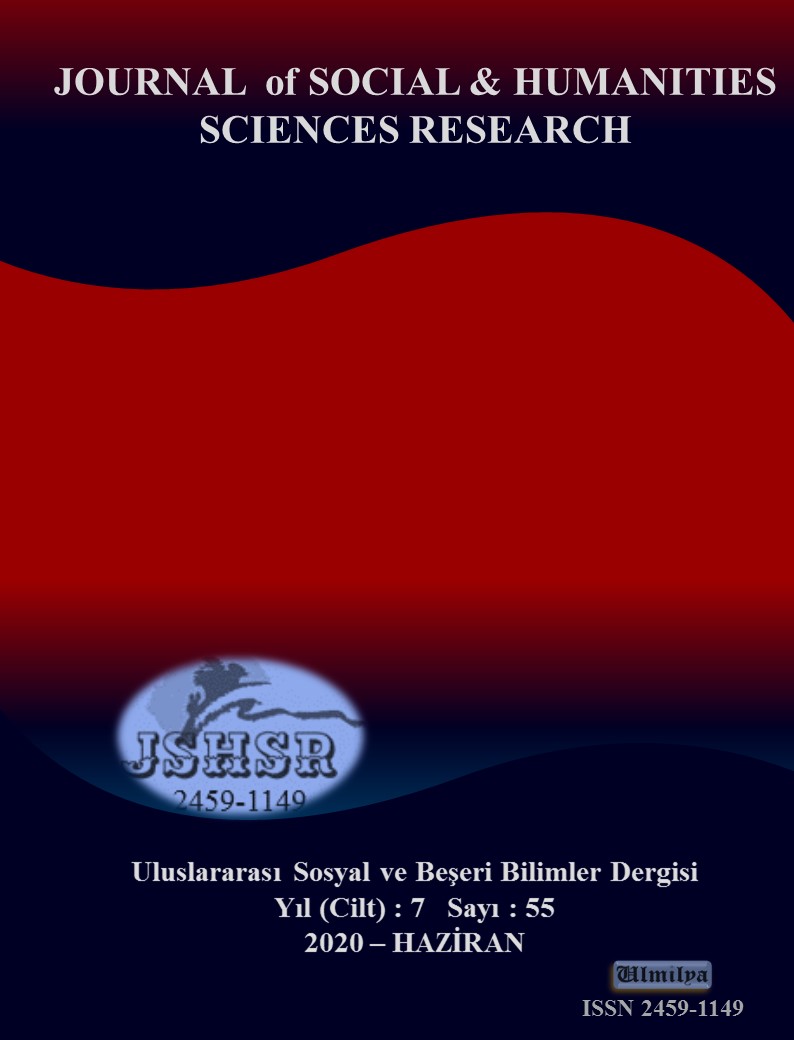A SOCIOLOGICAL ANALYSIS ON THE RELATIONSHIP BETWEEN JAHILIYYA AND ISLAM: EXAMPLE OF WORSHIPS
DOI:
https://doi.org/10.26450/jshsr.1903Keywords:
The Sociology of Religion, Jahiliyya, Islam, Social Change and Continuity, WorshipsAbstract
The phenomenon of “social change” has been one of the most important areas of sociology (and sociology of religion) since
its inception. Modern sociology emerged as a result of the transformation of agricultural societies into industrial societies in
Europe, that is, a radical social change process. “Social change” can be described as “the change that social institutions and
rules have over time in terms of both quality and quantity” or “change in the basic structure of a society or a social group”.
Many factors cause social change: nature, climate, war, politics, population, science, technology… In this context, one of the
most important agents of social change is undoubtedly religion. Religions cause significant changes in the belief, worship, law,
morality, and political order of the society in which they emerged or adopted. However, “social change” is not a phenomenon
that takes place in a short time. Since social change is a process that requires a long period, the change in societies happens
slowly, not suddenly and quickly. On the other hand, generally, all beliefs, attitudes and behaviors of the previous period are
not completely abandoned in the process of social change; some of them may be revised and remain in effect in the new period,
with some minor or major changes.In this context, the religion of Islam caused significant changes in the fields of belief, worship, law, morality and lifestyle of
Arabs living in the Arabian Peninsula in the 7th century. However, Islam (by the nature of the social change process mentioned
above) did not radically reject all the beliefs and practices of the pre-Islamic period called Jahiliyya (Ignorance), and continued
to keep a significant part of them compatible with the religion of Islam, in whole or in part. Thus, some of the beliefs and
practices of Jahiliyya have been Islamized and have become the beliefs and practices of the new religion. This continuity
relationship between the old and the new is an inherent feature of the “social change” process and is imperative in this respect.
Because it is impossible to change societies 100% quickly in terms of all their features. In this context, in this article, in order
to exemplify this phenomenon, which can be called "continuity / continuity" and observed in social change processes, some
parallels between pre-Islamic Jahiliyya period and Islam were analyzed. These parallels between Jahiliyya and Islam can be
analyzed in the context of similarities in (1) belief, (2) worship, (3) law and (4) morality. However, the scope of the article
format makes it impossible to address all of these issues within the boundaries of an article. Therefore, in this article, the issue
of continuity between Jahiliyya and Islam is limited to the field of “worships” and this subject was tried to be analyzed with
“document scanning” method by using classical and contemporary sources.
Downloads
Published
How to Cite
Issue
Section
License
Copyright (c) 2020 INTERNATIONAL JOURNAL OF SOCIAL HUMANITIES SCIENCES RESEARCH

This work is licensed under a Creative Commons Attribution 4.0 International License.


